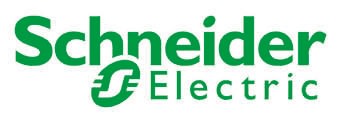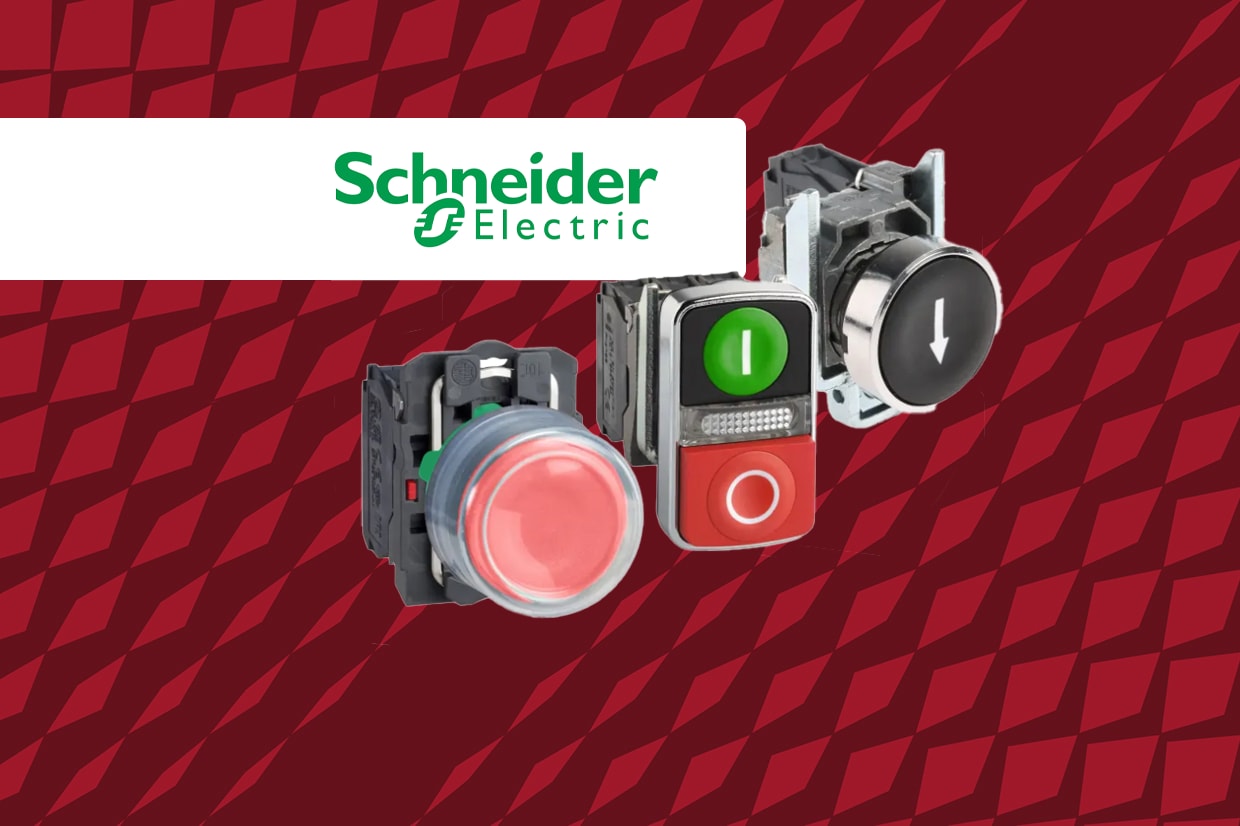Schneider Electric TeSys D LC1D Contactor, 24 V ac Coil, 3-Pole, 16 A, 7.5 kW, 3NO, 300 V dc, 690 V ac
- RS Stock No.:
- 188-4722
- Mfr. Part No.:
- LC1D123B7
- Brand:
- Schneider Electric

Subtotal (1 unit)*
£51.39
(exc. VAT)
£61.67
(inc. VAT)
FREE delivery for orders over £50.00
- 17 unit(s) ready to ship
- Plus 7 unit(s) ready to ship from another location
Units | Per unit |
|---|---|
| 1 + | £51.39 |
*price indicative
Better World
Our Better World range features products that make it easy for you to make a greener product choice you can trust. Click here to find out more.
- RS Stock No.:
- 188-4722
- Mfr. Part No.:
- LC1D123B7
- Brand:
- Schneider Electric
Select all | Attribute | Value |
|---|---|---|
| Brand | Schneider Electric | |
| Coil Voltage | 24 V ac | |
| Number of Poles | 3 | |
| Contact Voltage Rating | 300 V dc, 690 V ac | |
| Contact Current Rating | 16 A | |
| Range | TeSys D | |
| Series | LC1D | |
| Power Rating | 7.5 kW | |
| Normal State Configuration | 3NO | |
| Auxiliary Contact Configuration | 1NO + 1NC | |
| Number Of Auxiliary Contacts | 1 | |
| Terminal Type | Spring | |
| Length | 99mm | |
| Width | 45mm | |
| Depth | 86mm | |
| Better World Product | Yes | |
| Better World Verification | Green Premium | |
| Mounting Style | DIN Rail Mount | |
| Maximum Operating Temperature | +60°C | |
| Minimum Operating Temperature | -5°C | |
| Pole and Throw Configuration | 3P | |
| Select all | ||
|---|---|---|
Brand Schneider Electric | ||
Coil Voltage 24 V ac | ||
Number of Poles 3 | ||
Contact Voltage Rating 300 V dc, 690 V ac | ||
Contact Current Rating 16 A | ||
Range TeSys D | ||
Series LC1D | ||
Power Rating 7.5 kW | ||
Normal State Configuration 3NO | ||
Auxiliary Contact Configuration 1NO + 1NC | ||
Number Of Auxiliary Contacts 1 | ||
Terminal Type Spring | ||
Length 99mm | ||
Width 45mm | ||
Depth 86mm | ||
Better World Product Yes | ||
Better World Verification Green Premium | ||
Mounting Style DIN Rail Mount | ||
Maximum Operating Temperature +60°C | ||
Minimum Operating Temperature -5°C | ||
Pole and Throw Configuration 3P | ||
- COO (Country of Origin):
- ID
Schneider Electric LC1D TeSys D Contactors.
Features and Benefits.
- Built-in auxiliary contacts for added switching capability.
- Screw connections: IP20 finger-safe terminals with both North American and International terminal markings.
- Can be panel mounted with screws or DIN Rail mounted.
- Bidirectional peak limiting diode suppressor to protect the coil.
- Easily installed accessories.
- Flexible control circuit to suit a wide range of applications.
What does the utilisation category AC1 and AC3 mean for the TeSys contactors?
- Contactor utilisation categories define the current making and breaking values, based on the type of load to be controlled and the operating cycle conditions.
- AC-1: This applies to all AC devices with a power factor of at least 0.95. Example of use: resistive load, heating, distribution.
- AC-3: This applies to squirrel cage motors where breaking occurs while the motor is running. Example of use: all squirrel cage motors, lifts, escalators, conveyors, bucket elevators, compressors, pumps, mixers, air conditioning units.
What accessories are available?
- Auxiliary contact blocks with serrated wiping action.
- Front mount dust tight auxiliary contact blocks.
- Pneumatic time delay blocks.
- Transient voltage surge suppressors.
- Interface modules and electronic timers.
- Mechanical latching blocks.
Is the TeSys D range a double break pole type contactor?
- Yes, the Tesys D range uses linear translation movement that provides double breaking of the poles.
LC1D123B7 Schneider Electric LC1D TeSys D Contactor Features.
- Motor Control and Resistive load applications.
- AC-1, AC-3, AC-4 category.
- Ue Rated voltage Power circuit <= 300 V DC 25...400 Hz, Power circuit: <= 690 V AC 25…400 Hz for power circuit.
- Rated current 12 A (<= 60 °C) at <= 440 V AC AC-3 for power circuit, 16 A (<= 60 °C) at <= 440 V AC AC-1 for power circuit
- 24 V AC 50/60 Hz Control circuit voltage.
- 1 NO + 1 NC auxiliary contact.
- Overvoltage category III.
- Rated breaking capacity 250 A at 440 V for power circuit conforming to IEC 60947.
- Complete with a protective cover.
- Plate and Rail mounting.
- IP20x front face conforming to IEC 60529.



